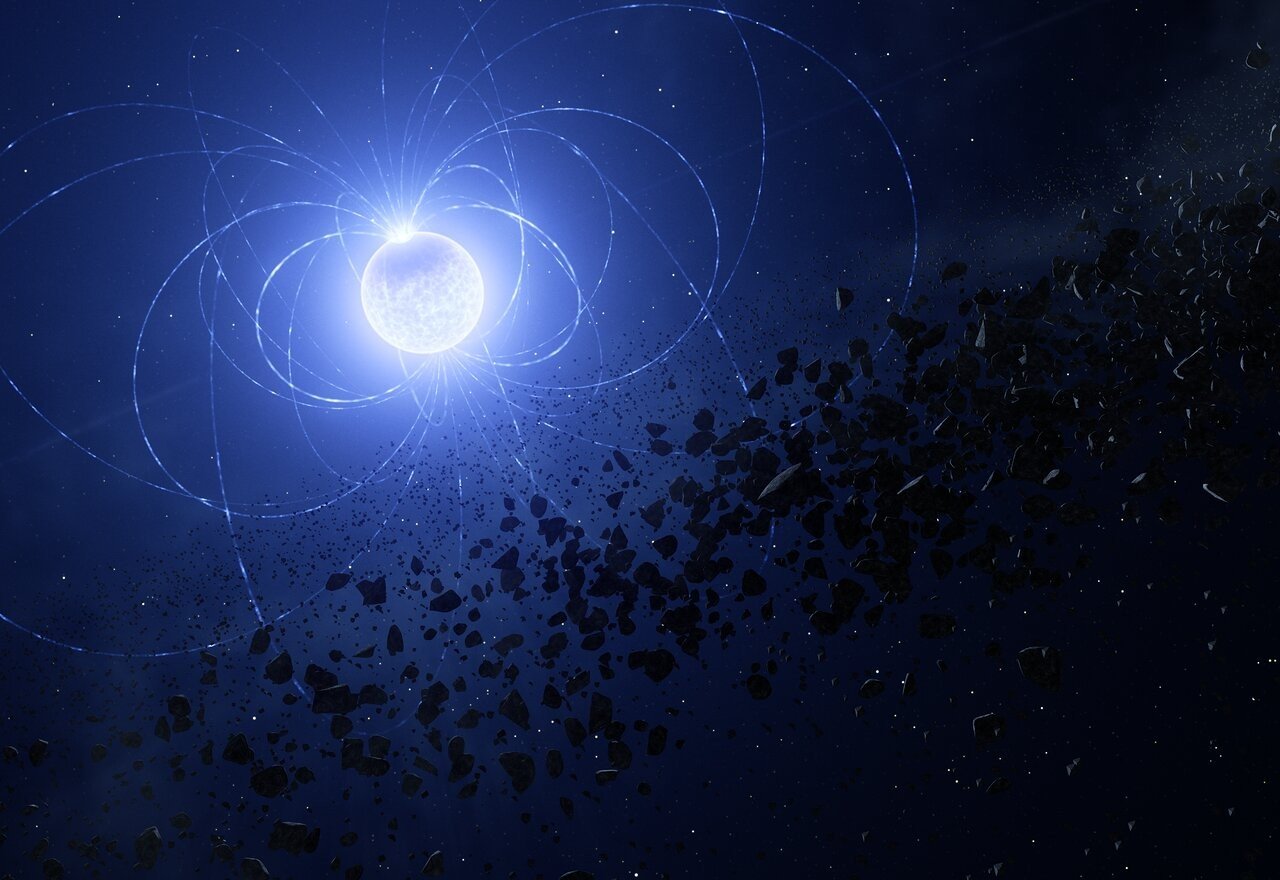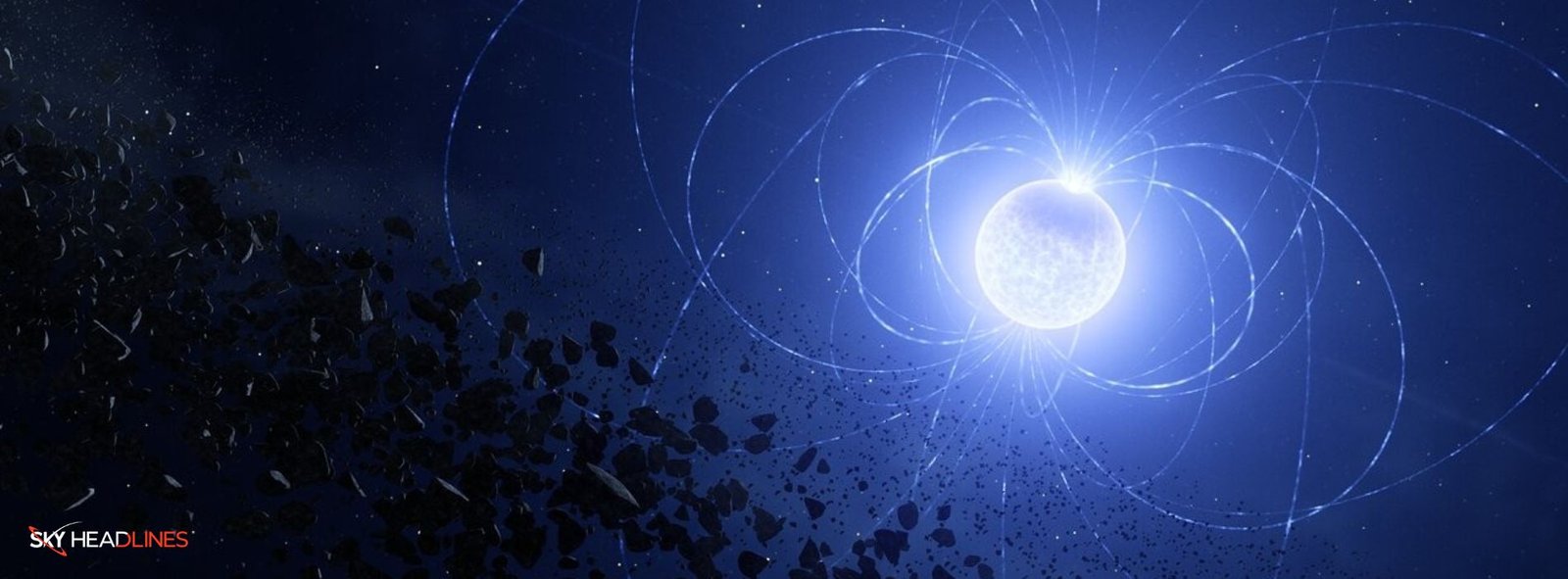White Dwarf Stars: Unveiling the Secrets of Stellar Remnants
In the depths of the cosmos lie objects that shine as testaments to the end of a star’s life – white dwarf star. These dense, Earth-sized remnants are the final stage for most stars in the universe, including our own Sun. Once a star exhausts its nuclear fuel, it undergoes a dramatic transformation, shedding its outer layers and leaving behind an intensely hot core that gradually cools over billions of years. In this article, we’ll explore the mysteries of remnant star, delve into the latest scientific discoveries, and discuss their significance in understanding the grand tapestry of the cosmos.
What is the White Dwarf Star?
Imagine a star not much bigger than Earth, yet possessing a mass similar to the Sun. That’s the astounding nature of a white dwarf star. These objects are incredibly dense, with a teaspoon of their material weighing several tons. This density arises because they lack nuclear fusion to counteract their own gravity, causing them to compress to an extreme degree. Supported by a unique quantum effect called electron degeneracy pressure, white dwarf star radiates the leftover heat from their formation, gradually fading over billions of years.
The Evolution of White Dwarf Star
How do white dwarfs form?
The birth of a white dwarf star marks a pivotal point in a star’s life cycle. When stars with masses up to about eight times that of our Sun run out of hydrogen fuel for fusion in their core, they expand into red giants. This expansion eventually leads to the expulsion of their outer layers, forming beautiful structures known as planetary nebulae. The remaining hot core collapses and forms a white dwarf star.
What is a white dwarf made of?
While most white dwarf stars are composed primarily of carbon and oxygen, recent research has revealed a surprising diversity. Some have atmospheres dominated by hydrogen or helium, while others have traces of elements like neon and magnesium. These variations suggest more complex evolutionary paths than previously thought.

White Dwarf Star and its Metallic Scar
One of the most astounding discoveries was the observation of a white dwarf star named WD 0816-310. Astronomers detected a concentrated “scar” of heavy metals on its surface by using Very Large Telescope (VLT) located in the Atacama Desert region of Northern Chile.
“It is well known that some white dwarfs — slowly cooling embers of stars like our sun — are cannibalizing pieces of their planetary systems,” team leader and Armagh Observatory astronomer Stefano Bagnulo said in a statement. “Now we have discovered that the star’s magnetic field plays a key role in this process, resulting in a scar on the white dwarf’s surface.”
This suggests that the remnant star consumed a rocky planet or object which its strong magnetic field then directed toward a specific region on its surface. This finding provides direct evidence of white dwarfs’ potential to destroy and ‘eat‘ their own planets.
White Dwarf star and Planetary Systems
The discovery of planetary debris around white dwarfs unveils a fascinating chapter in the life (and death) of planetary systems. Research suggests that planets can survive the tumultuous transformation of their host star during its red giant phase. However, their orbits may be drastically altered, potentially causing collisions or sending some planets spiraling into the white dwarf star itself. Detecting these planetary remnants offers insight into the fate of worlds orbiting aging stars.
The Potential for Habitability (And its Challenges)
While the idea seems far-fetched, some scientists propose that planets could theoretically exist in a habitable zone around cooled-down white dwarf star. However, such planets would face significant challenges. The weak light from a remnant star and its proximity for a habitable world would result in tidal locking – one side of the planet perpetually facing the star. Additionally, these planets would likely be bombarded by high-energy radiation during the white dwarf’s early stages.
Ongoing Research and Future Discoveries
Studies of white dwarf stars are at the forefront of modern astronomy. Key areas of research include:
- Crystallization: As white dwarfs cool, their internal material may begin to crystallize. This process can impact their cooling rate and provide clues about the former star.
- Diversity: More detailed observations seek to understand the variations in white dwarf star compositions and the factors influencing them.
- Searches for Exoplanets: Astronomers are hunting for planetary systems around white dwarfs to understand the ultimate destiny of systems like our own.
Conclusion
White dwarf stars, in their quiet luminescence, represent a remarkable phase in the cosmic cycle of stars. From their incredible density to their fascinating diversity and the secrets held within the planetary wreckage found around them, these stellar ghosts continue to intrigue and inspire scientists. As technology advances, we can anticipate even more profound discoveries that will illuminate the story of these celestial remnants and deepen our understanding of the universe’s grand design.





